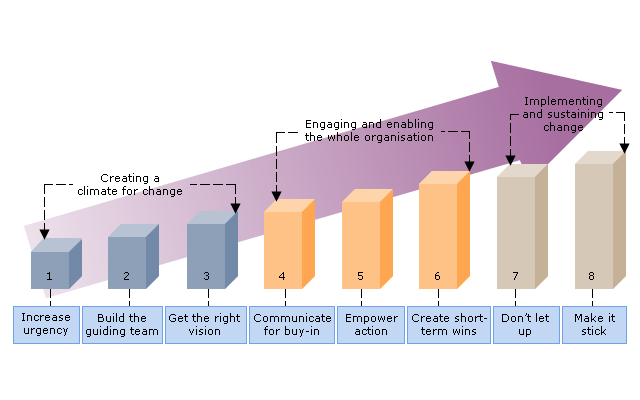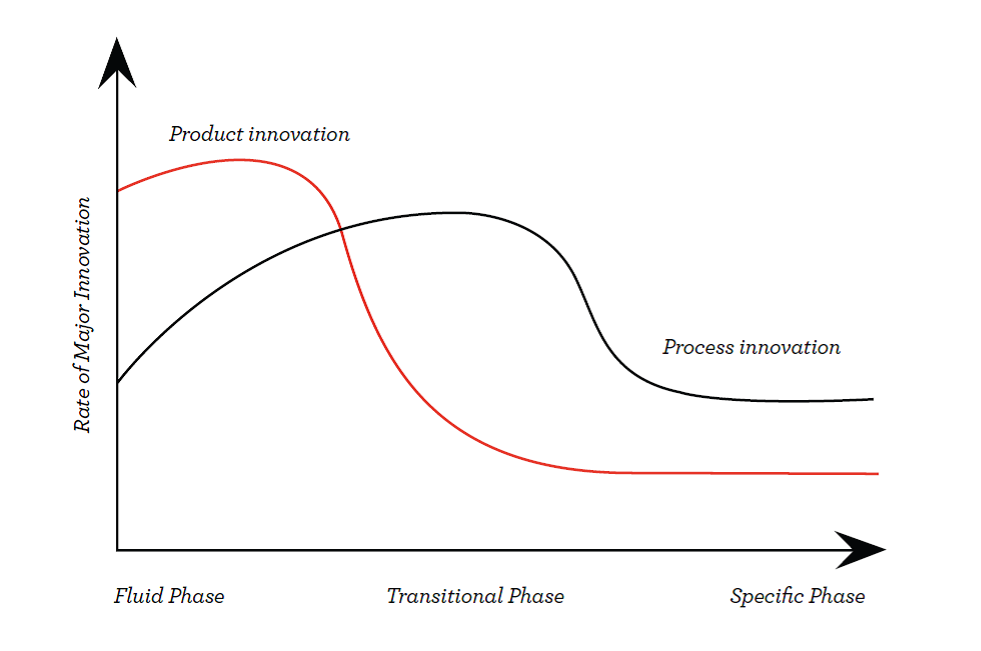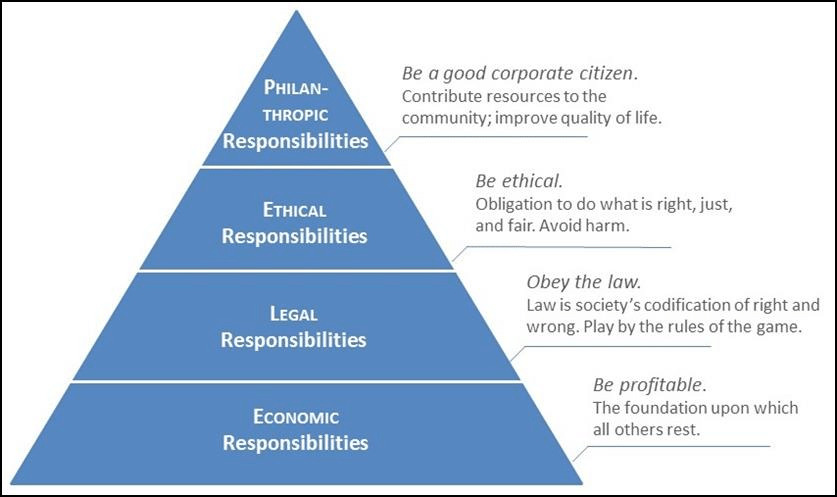Change is the word that best described of the modern societies and culture. Change occurred in almost every aspects of life. Change presses us out from our comfort zone. People changed in their life to avoid stagnation and to improve their quality of life and become a better person. This is also true in business where the rapid change in technologies, the way of doing things, advances in information technologies, internal and external pressures, e-business and globalization creates a competitive environment in most organization in order to survive and to be relevant. How business react, operate and adapt to any changes determine the survivability of the company.… Read the rest
Modern Management Approaches
Adoption of Blue Ocean Strategies in Business
Strategy involves standing out from the competition and making choices that give the company a unique and valuable position by offering distinctive products and services. Competitive advantage and profitability can be achieved simultaneously by approaches that create consistent internal synergies and combine a company’s operational activities efficiently. Strategies are formed at various levels of the organization. However, a typical organizational structure incorporates strategies at 3 specific levels: corporate, business and functional. Corporate strategy defines a company’s holistic growth and management direction pertaining to its various businesses, products and services. Business strategies, on the other hand, are established at the divisional levels and typically focus on enhancing the strategic business unit’s competitive position in its industry.… Read the rest
Kaizen Costing Method
Kaizen is a Japanese management concept launched by Masaaki Imai, which proved to be the key to Japanese competitive success. The significance of this concept is: KAI = Change and ZEN = for better, and the translation is “continuous improvement”, that means small improvements to the ongoing efforts. Unlike the Western conception, implying total change, at large intervals of time, using large amounts of resources and a high cost level, Kaizen Costing seeks daily, gradual, slow, but continuous improvements, which take place at minimal cost.
Kaizen strategy is that a single day should not pass without an improvement to intervene in the activity of each employee or each entity.… Read the rest
Social Network Analysis
Billions of people create trillions of connections through social media each day, but few of us consider how each click and key press builds relationships that, in aggregate, form a vast social network. Passionate users of social media tools such as email, blogs, microblogs, and wikis eagerly send personal or public messages, post strongly felt opinions, or contribute to community knowledge to develop partnerships, promote cultural heritage, and advance development. Devoted social networkers create and share digital media and rate or recommend resources to pool their experiences, provide help for neighbors and colleagues, and express their creativity. The results are vast, complex networks of connections that link people to other people, documents, locations, concepts, and other objects.… Read the rest
Discontinuous Improvement – Abernathy and Utterback Model
The common innovation process happens in a set frame, following certain rules and ways of thinking. This ‘game played’ by competitors is to innovate by doing what has been done before like product or process innovations or even position and paradigm innovations, but doing it better. In this competition of ‘playing the same game’ some firms manage to do better than others and can gain a competitive advantage through these innovations, but the ‘set of the game’ is accepted and do not change.
Very rare something happens that breaks up this framework and changes how the game is played. This will not happen every day but when this arises the rules and boundaries of a market change rapidly.… Read the rest
Carroll’s Pyramid of Corporate Social Responsibility
In the past, the common perception of a business responsibility was to maximize their firm’s profit. This is because businesses were perceived to always put the shareholder interests first. However, businesses are moving towards impacting the socials and environments. Several studies have found that businesses now have direct responsibilities to various other stakeholders which include preventing the harm of human rights and ensuring that there are solutions available if abuses occur.
The modern view of business responsibility demands companies to help in problems relating to public welfare. As firms have no utmost responsibility for these unpleasant situations, philanthropic responsibilities are still not mandatory.… Read the rest



